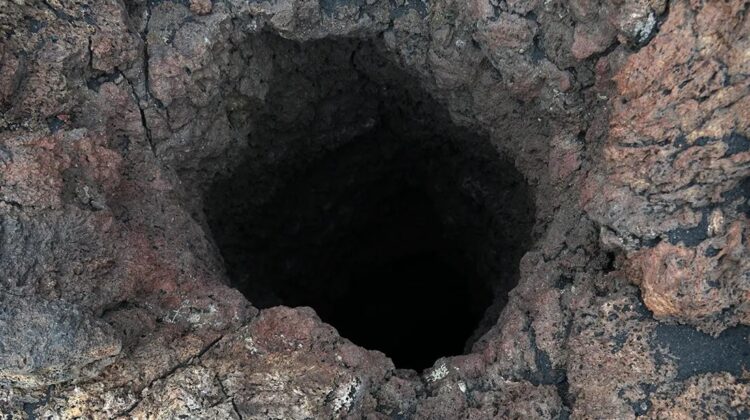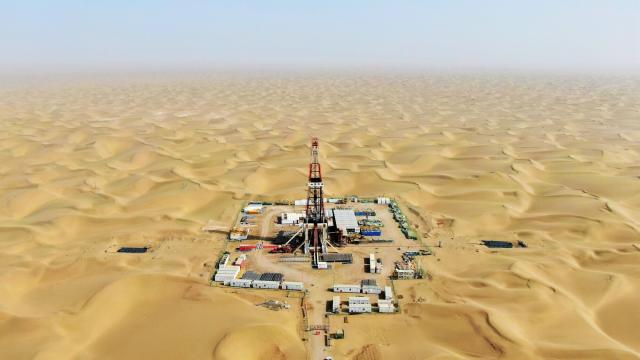
A Monumental Undertaking as China Digs Deeper into Geological History
In a bold scientific endeavor, China has embarked on a monumental project to carve a 10,000-meter (32,808 feet) hole into the Earth’s crust, delving deeper than ever before attempted within its borders. The ambitious effort is a testament to human curiosity and determination, aiming to reach into the heart of the Cretaceous Period, a geological era spanning up to a staggering 145 million years in the past.
The excavation is a feat of engineering that traverses through ten distinct layers of rock, each holding a chronicle of Earth’s evolution. This extraordinary venture, recently initiated, holds multifaceted potential. Beyond unraveling ancient secrets, the project’s insights could illuminate vital aspects such as mineral resources and the assessment of environmental hazards like earthquakes and volcanic eruptions, as reported by Bloomberg.
While undeniably impressive, the forthcoming Chinese hole will not claim the title of Earth’s deepest man-made abyss. That distinction remains secured by the Kola Superdeep Borehole, situated on the Kola Peninsula in northwestern Russia. Originating on May 24, 1970, and spanning the years up until the collapse of the Soviet Union, this ambitious enterprise reached the astonishing depth of 11,034 meters (36,201 feet) beneath sea level, marking a remarkable human achievement in exploring the depths of our planet.
As China’s intrepid team presses onward, unexpected discoveries come to light. The subterranean rocks, far below the Earth’s surface, were found to be considerably more saturated with water than initially anticipated. The scientific community had anticipated a shallower water saturation level within the rock. Moreover, preconceptions regarding the composition of Earth’s geological layers were challenged. The expectation of encountering basalt beneath the continental granite, as seen in the oceanic crust, was overturned by the presence of metamorphic granite. This unexpected revelation extended our understanding of plate tectonics, a theory gaining traction during the inception of the Kola Superdeep Borehole.

Yet, history reminds us that delving into Earth’s depths is no easy feat. The 1960s witnessed an American team penetrating 183 meters (600 feet) beneath the seafloor, cutting through 13 meters (43 feet) of basalt in the uppermost layer of oceanic crust. Regrettably, mismanagement and financial woes curtailed the project. The challenges in such undertakings are formidable.
In describing the colossal task at hand, Sun Jinsheng, an academic from the esteemed Chinese Academy of Engineering, likened the construction difficulty to a massive truck traversing on two thin steel cables, as conveyed by Chinese state news agency Xinhua.

While this audacious endeavor fuels anticipation, it is worth noting that the true allure of the mantle remains distant. The Earth’s continental crust, on average, measures around 30 kilometers (19 miles) in thickness, though beneath mountain ranges, it can extend up to 100 kilometers (62 miles). The tantalizing embrace of the Earth’s mantle, however, remains an aspiration for future generations, beckoning as an unattainable treasure trove of scientific insight and geological understanding.

Leave a Reply